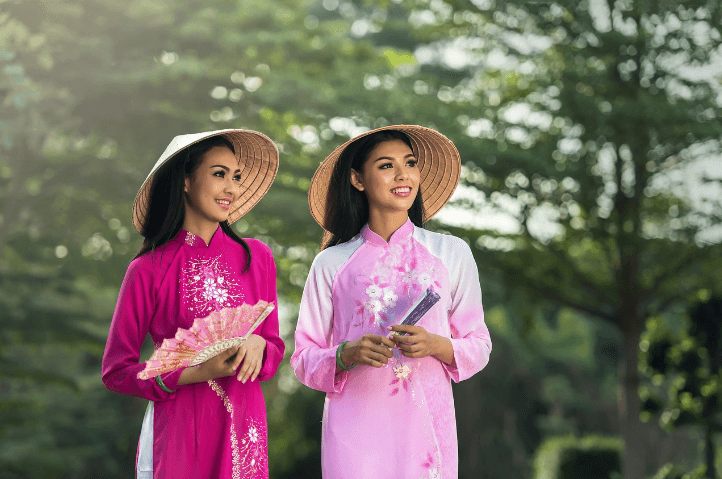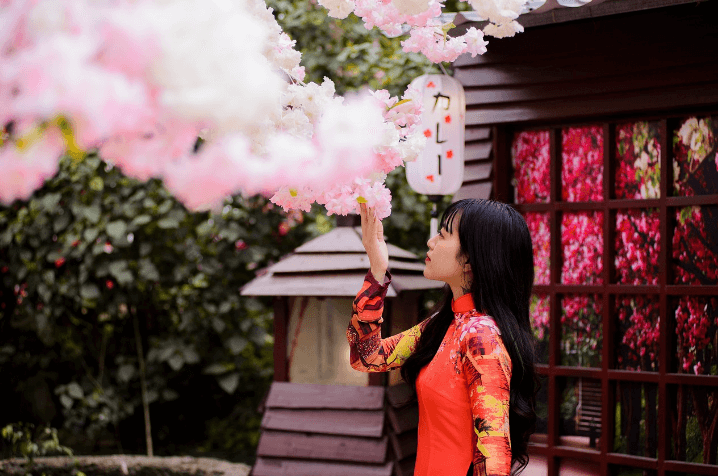Nha Trang Customs and Etiquette
When embarking on a journey to the mesmerizing coastal city of Nha Trang, Vietnam, it's essential to acquaint yourself with the local customs and etiquette.
By understanding and adhering to the local customs and etiquette in Nha Trang, Vietnam, you will not only show respect to the locals but also enhance your cultural immersion and create more meaningful connections with the people you encounter.
Remember to greet others with a smile, it will for sure foster positive interactions with the warm-hearted people of Nha Trang. Photo: Vietnamese girls in traditional gowns.
Greetings and Interactions
Vietnamese people highly value polite and friendly interactions, and by following a few simple guidelines, you can navigate social situations with ease and create memorable experiences. This section will delve into the nuances of greetings, forms of address, and general etiquette when engaging with locals in Nha Trang.
Basic Greetings
In Vietnamese culture, greetings play a significant role in demonstrating respect and courtesy. The most common greeting is "Xin chào" (pronounced "sin chow"), which means "hello" or "goodbye." It is customary to accompany this greeting with a warm smile and, if appropriate, a slight bow. When saying goodbye, you can use "Tạm biệt" (pronounced "tam byet") or "Chào tạm biệt" (pronounced "chow tam byet") to bid farewell.
Addressing People
Vietnamese people often use titles and formalities when addressing each other, which signifies respect and hierarchy. When meeting someone for the first time, it is common to address them by their title followed by their first name. For instance, "Anh" (pronounced "ahn") is used for older males or as a term of respect, "Chị" (pronounced "chee") for older females, "Em" (pronounced "em") for younger individuals or subordinates, and "Ông" (pronounced "ong") for older men and "Bà" (pronounced "baa") for older women. When in doubt, it is acceptable to use "Anh" or "Chị" followed by the person's first name.
Photo: Beautiful Vietnamese woman and flowers.
Photo: Vietnamese woman by the lake.
Book your Favorite Tour here..




